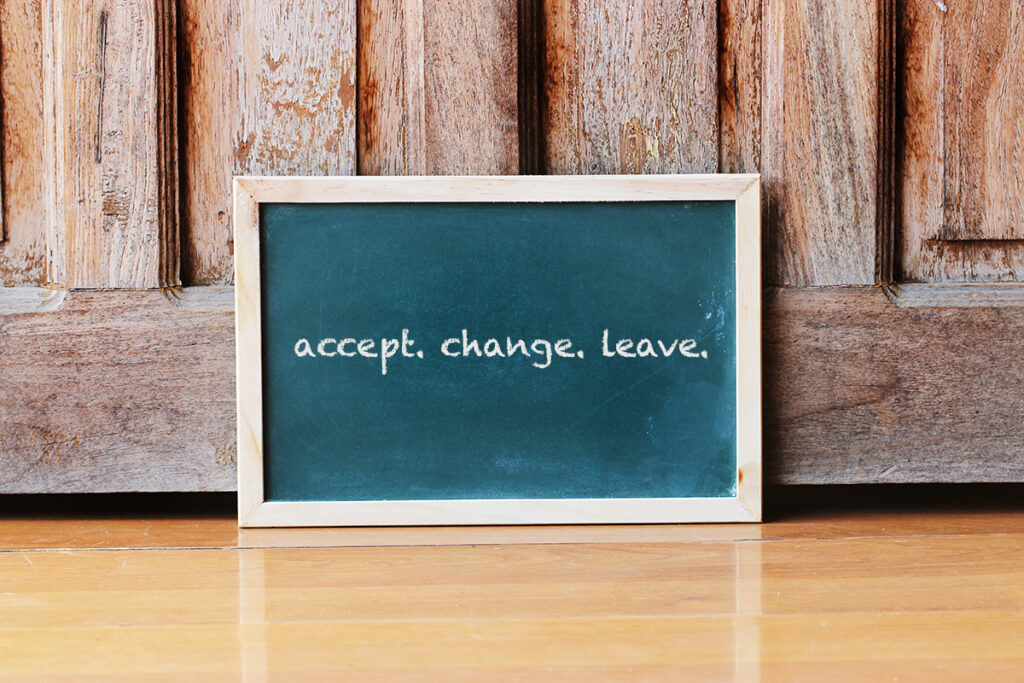Reading, Engagement, and Kidwatching
I looked up from my reading conference with Jordan to see that David was building a mighty impressive book fort, Mateo and Tucker were exchanging Lego figures behind books, Jasmine had just returned from her third mid-workshop trip to the bathroom, and Sophia and Lucia were lying across Hokke stools spinning in circles and giggling with books in hand. It was not the image of reading engagement I had imagined we would be capable of at this point in our year together.
For a moment I felt stuck. How can I respond to this need? How many ways can I teach and reteach what reading workshop looks like, sounds like, and feels like? For my kinesthetic K-1 readers, it was time to find another path to deeper reading engagement. Thankfully I stumbled upon the engagement inventory checklist in Jennifer Serravallo’s The Literacy Teacher’s Playbook K-2.
“Readers, today instead of meeting and talking with you, I am going to stand back and watch. I am going to notice all of the things you are doing to read deeply in your books. I am going to keep track of what I see on this checklist so we can meet and talk about the patterns we notice.” I had to resist the urge to sit and confer with readers and dutifully observe what I saw, scanning the room and recording and coding my students’ actions every five minutes. I developed a quick coding system: B—in bathroom, SB—switched books, LA—looking around, BF—building a book fort, FP—flipping pages, RR—rolling on rug, TF—talking to a friend, ER—engaged reading, and RW—responding and writing a sticky note. In 30 minutes I had recorded each child six to seven times on my chart. With this evidence I could quickly see patterns of behavior for each child and general trends in the classroom.
As I expected, the distractions were infectious: if someone left for the bathroom, others followed; if someone started playing, others joined; if someone moved spots, more readers moved. I noticed that after 20 minutes many of my more emergent readers were flipping pages or seeking out others to whisper to. I also noticed that many readers remained engaged throughout the workshop, and if for a moment they were off task, they frequently reengaged independently. This was a strength I could use! I could also identify students who would benefit from additional engagement strategies.
One-on-One with Insights
The engagement inventory was a fantastic tool to support reading conferences. I explained to David, “I want you to listen to what I saw you doing during our workshop. Then you can tell me if you notice a pattern: looking around, talking to a friend, drinking water, building a book fort, engaged reading, engaged reading.”
David smiled and said, “I was playing a lot, but when I started reading, I kept reading.” We were able to talk about what helped him start reading (“Once I set up all my books, it was a force-field and nobody could talk to me”) and decided that he could choose a more isolated reading spot curled up in a cubby so that none of his precious reading time would be spent building book force-fields!
The inventory data gave me a tool to shift from telling students what I wanted to see in our workshop to talking with children about how their engagement was fluctuating during our workshop. “I see that the first four times I looked, you were deep in your reading, but the last two times you were rolling on the rug. Can you remember what changed for you?”
Mateo and Tucker discovered that they wanted to sit apart from each other because their powerful friendship made them forget to keep reading. Jasmine acknowledged that she didn’t really need to go to the bathroom; she just needed to stretch. She set a goal to read three books, stand up or stretch in her spot, and then read on. Sophia swapped out the books she was bored with for more engaging books, and sat on an air pillow to wiggle as she read.
Students were able to reflect on their reading habits and began to notice the habits or distractions that would pull them out of productive work and which habits and strategies were supporting them. They began to make more strategic choices to support deeper reading engagement. I repeated the inventory once a week or on alternating weeks, and was able to use information across time to discuss patterns of engagement without judgment. It gave us a good start, but it didn’t tell the whole story.
Lucia was slowly increasing her stamina, but engagement was a significant challenge for her in all areas across the day. She struggled to take responsibility for her actions and often felt defiant and angry. When I met with Lucia and showed her the checklist, she told me my records were wrong. “You are just looking at me at the wrong minutes! All the other minutes I am reading!” How would I tackle this one?
The following day Lucia was draped across a stool, book on the floor—spinning. I picked up an iPad and began video recording. I started with her spins and then circled the room. I could feel readers suddenly shift and reengage when they noticed I was recording. It was more powerful than my clipboard and didn’t require the coding system. Readers wanted to be noticed reading and thinking! As I came back around to Lucia, still spinning, I paused the camera and sat down.
“There’s something I want to show you. I think I captured more of the minutes this time.” We watched the video together and she didn’t speak. I leaned in. “Who did you notice really thinking deeply in their reading bubble?”
She smiled. “Jordan—he was so deep in the book world, he didn’t even look up once.”
“Anyone else?”
“Yeah, Marianna. She was in her own spot and she was thinking and reading and smiling.”
“What did you notice about your own reading?”
“I was in one spot and my eyes were in the book, and I was spinning a lot and reading a little.”
“Is it easy for you to spin and read at the same time?”
“Yes, except I read a little and then spin, and then read and then spin.”
“Oh, so it goes, read-spin-read-spin-read-spin. That sounds like an important pattern you noticed: sometimes you are reading and sometimes you are spinning. Hmm, so what would you want to change to make your reading practice more powerful?”
“Well, I think the pattern needs to go read-read-read-read-read. So maybe I need to pick a better spot. It’s hard to read-read-read-read when I’m spinning.”
“Yes, I imagine that would be very hard. Tell me more about what makes a good spot for you . . .”
With a video engagement inventory I could quickly scan the room between conferences and then show a segment to a specific child or small group. I kept my recording to 30 seconds or less and focused on capturing the most engaged readers. The video inventory contained more information than I could record in notes. I could scan and see which books kids were reading, I could see how they were organizing what to read next, I could track where they were reading in the room, and I could see students working to implement a strategy we talked about over time.
I began projecting clips for the whole group during our reflection circle and asked students to think and comment on where they observed readers working for greater engagement. Suddenly students were sharing their own reading victories and noticing the victories in others. Students were trying strategies I offered and integrating strategies they observed in peers. We were no longer stuck thinking and talking about what we wanted workshop to look, sound, and feel like; we were using video evidence to describe, evaluate, and celebrate the reading engagement in our community.
It isn’t a magical fix. We still have days when distraction and disruption overcome us. The difference now is that we have clear visual models and expectations, a bundle of engagement strategies to turn to, and a shared investment in sustaining deep engagement. If we start to slip, I can pick up my iPad and before I tap open the camera, readers shift and sink into their stories—no checklist needed—so I can keep reading with the child next to me.


No comments:
Post a Comment